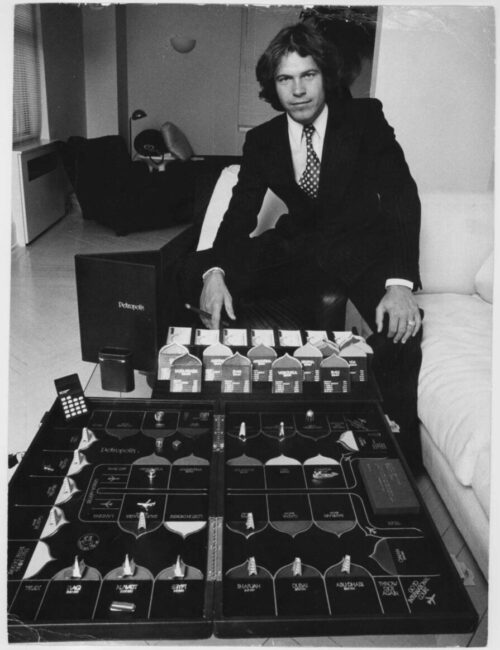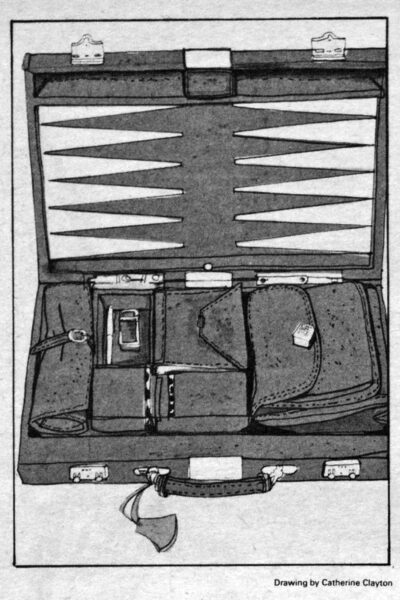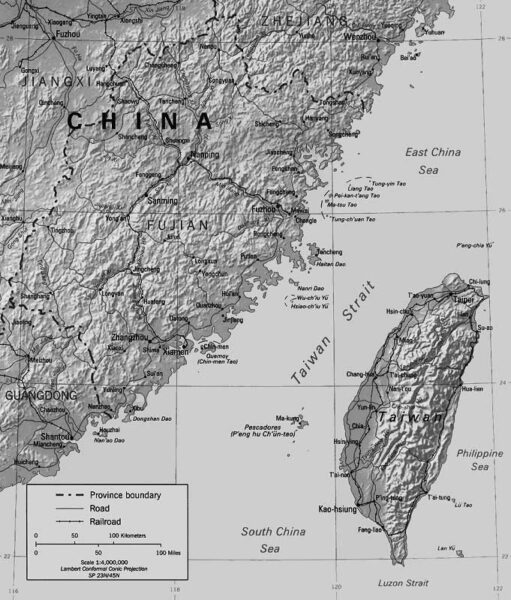Dressed up like a tycoon. An ash-tipped cigarillo steadied between two fingers. Instead of posing with tasteless art and overwrought window dressings, he’s parked inside an under-furnished flat with aluminum blinds: like a huckster, on the run before you know it. For now, he wants you to focus on him and a spread. Come on, he says, let’s have some fun.
The man is Arnaud de Rosnay, a Frenchman trying his luck in the US. To acknowledge his aristocratic roots, American reporters address him as “Baron.” He’s promoting his new board game Petropolis. It’s pitched to “those wishing to control the world’s oil supply.” The year is 1975, and the 1973 fever around oil prices still weighs on the West’s carbon-heavy aspirations. Literally, controlling Arab Gulf petroleum is a US foreign-policy talking point. Is the game, for two to seven players, meant to exploit an ongoing, and often racist, commotion about oil wells in faraway lands?
In 1967, de Rosnay posed for Vogue in a two-piece stretch Lycra suit, on a Velocette motorcycle. He belonged to the jet set of Paris who required weekend houses in Morocco. Not long after, he started a life as a fashion photographer, touting his work for Vogue, although it appeared more often in Women’s Wear Daily. There’s nothing remarkable about his photographs, but artistry wasn’t the point. Work couldn’t be just work, and play couldn’t be just play. Life behind the camera had to be equated with the life in front. Fun. He gave parties in his house/photography studio. Like Warhol, but without the irony.
I gather that de Rosnay’s wings got clipped in the early 1970s, his work/play scenario short on cash. He purportedly made a “small fortune” by hawking a luxury backgammon set for travel. Backgammon was enjoying a US resurgence, with its marbleized stones and leatherette surfaces. De Rosnay apparently traveled the world playing the game, maybe for money, just as those Silicon Valley brats play poker today. With Mesopotamian roots, backgammon has a varying pace, and its rounds don’t last too long. It invites players to make expressive, ritualistic movements, the way the game dominoes does, filling empty space with gossip, dares, and intuition. In contrast, Petropolis is just a mugging of Monopoly, its cardboard therapy and fake money originating out of the US Great Depression. Like its source, Petropolis must be tedious and boring. A drag to clean it up.


